Social media has been a great boon to battle the pandemic crisis: Sachin Karweer
The COVID-19 pandemic has impacted all walks of life. Businesses have been forced to relook at their marketing strategies and adapt to the disruptive times and change in consumer behaviour.
An accelerated transition to digital has been one of the most important developments during the pandemic period. Most traditional brands have taken their services online and are using smart social and other media strategies to attract/ engage with their customers. Video consumption is on the rise, which has seen brands looking for new ways to engage and interact with consumers and stakeholders in a contactless world. Innovation is the name of the game here.
In an interaction with Adgully, Sachin Karweer, Business Head, HGS Interactive, speaks about the trends that are driving engagement for brands in the post-pandemic period, fortifying social media strategy, impact of COVID-19 on CSR & consumer ethics and more.
What are some upcoming trends that are driving engagement for brands in a post-pandemic set-up?
There are quite a few trends. Since the initial phase of the lockdown, people were compelled to stay at home, which gave a massive boost to online content, which increased significantly. Brands also changed their strategy and shifted their focus and budgets more towards the digital space, which also increased the competition amongst brands.
People are spending more time online and there are many more brands competing for the consumers’ attention; hence, trends like relatable content, emotion-evoking messaging, topical and meme marketing continue to be the most impactful ways to engage in a post-pandemic set-up. Concepts like revenge travel, an impulsive desire to fulfill bucket lists, prioritising mental and physical health, and living a more sustainable life are becoming more popular with consumers, and brands are picking up on this sentiment.
How have corporations stepped up and utilised the power of social media during the health crisis?
Brands and corporations have generously used their clout and power of social media to help the community at large. Various brands have stepped up and put their high reach to good use by helping share important information about blood and plasma availability, medicine, oxygen cylinder and bed requirements on their official brand channels. This has been appreciated by people. However, it is important to ensure that anything the brand shares is verified and accurate, otherwise this power can be misused, which could affect the brand’s credibility.
What kind of response have you witnessed from customers and consumers on social media platforms like YouTube during the pandemic?
During the pandemic, social media consumption, specifically videos, had suddenly increased with people looking for credible information, especially around health, diseases, symptoms, what to do if they experience any COVID-19 symptoms, etc. For instance, we curated short videos for our client, PD Hinduja Hospital, Mahim, and uploaded them on YouTube using self-explanatory thumbnails. These videos made it to YouTube’s official COVID-19 resources, garnering more than 10 million views organically and giving the brand’s YouTube channel a 400% jump in the number of subscribers.
Consumers used a variety of mediums for uplifting content during the pandemic period. What are your thoughts on the same? Were all the content raised providing relevant information?
We have seen a surge in viewers looking for entertainment, learning new things, and positive and feel-good stories online. Brands can use contextual targeting for this audience with encouraging content for a relative bargain. Brands must also acknowledge the crisis while reflecting positive values continuously, keeping consumers coming back for more. In May this year, we hosted ‘Never Alone Summit’ with Hinduja Foundation, a unique virtual event that brought together celebrities, renowned healthcare professionals and people from all walks of life. The speakers and hosts spoke up about concerns about mental issues during the second wave of the pandemic and a willingness to share their stories and practices to offer help during a particularly difficult time.
Do you think the surge in social media usage helped the government and the corporates combat the crisis in certain ways?
Yes, of course. Social media has been a great boon to battle the pandemic crisis. Take the example of vaccination drives, with official entities taking to platforms like Twitter to announce the availability of slots. Several private organisations, start-ups and individuals further took to Telegram and other platforms to help people get slots for vaccination. Social platforms helped people get beds, oxygen cylinders and medicines and there is no greater proof of the power of this medium. Corporates were able to inform employees and the general public about their vaccination drives as well and turned to social media platforms for the same.
Brands changed their ways of approaching audiences by launching empathic ad/ digital campaigns. Will this continue in the new normal too?
We have always believed that audiences engage with two approaches – either empathic, emotional messaging or the humorous, comic route. What brands communicate through their ads and campaigns has to be very well thought out. There is a lot of responsibility that brands hold to ensure their content is not offensive, false or obnoxious. Empathic campaigns that strike a chord or evoke an emotion, if well thought and conceptualised, will always win over consumers. On the other hand, if audiences find a particular piece of information or content distasteful or insensitive, it could mean losing the hard-earned trust and loyalty of consumers.
What was the impact of COVID-19 on CSR and Consumer Ethics? What role did social media play for these impacts?
Many companies have risen to the occasion and are helping the country in these difficult times. With such a widespread need for CSR, the important question for agencies and brands is not whether to promote CSR initiatives on social media, but how. From engaging the audience to posting frequency and measuring impact – it is important to track the right sentiments and communicate a brand’s CSR efforts effectively.
Our client, Greaves Cotton Ltd, who is one of the leading manufacturing companies in the country, has shown a social conscience, not by spending out of CSR budgets, but by providing gensets to hospitals and COVID-19 centers across the country for uninterrupted power supply for critical operations. They have worked towards creating new earning opportunities for people who have lost their jobs due to the pandemic with their range of electric 2w and 3w vehicles and financial services, thereby mobilising essential goods such as medicines, oxygen cylinders and essentials on a zero-emission ride.
How has social media changed the ways for brand building and marketing strategy?
Social media increases the exposure of the brand’s communication by reaching out to a much larger audience and helps them measure success and ROI of the campaign quantitatively accurately, so that they can strategise and optimise what works best for them. Social Media has been an important part of brand building and marketing strategy. Today, with more and more people spending time on social media, it continues to be the focus.



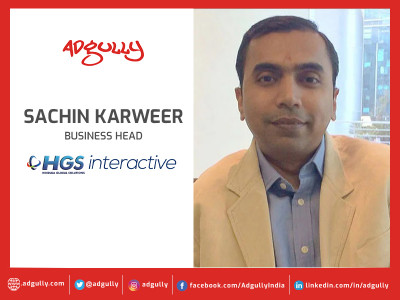



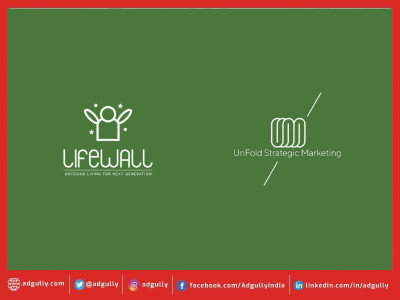


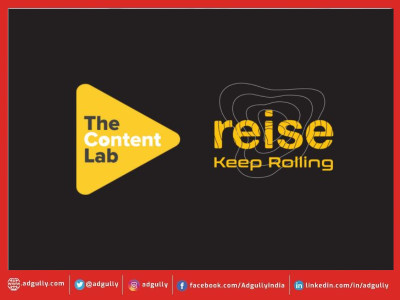
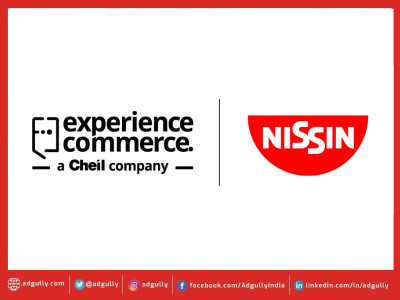


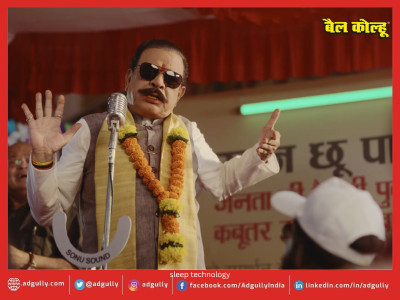
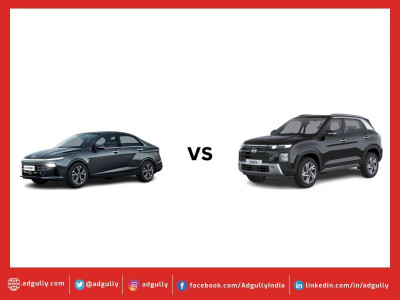


Share
Facebook
YouTube
Tweet
Twitter
LinkedIn